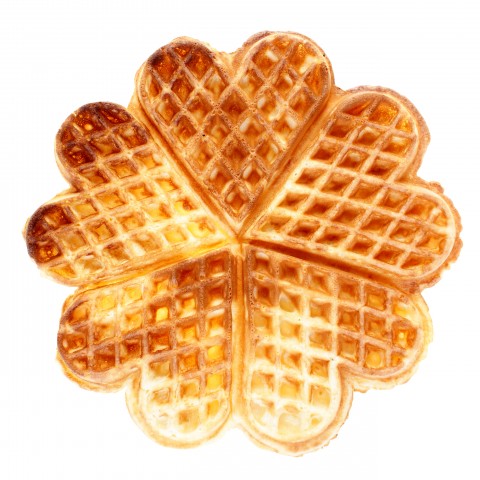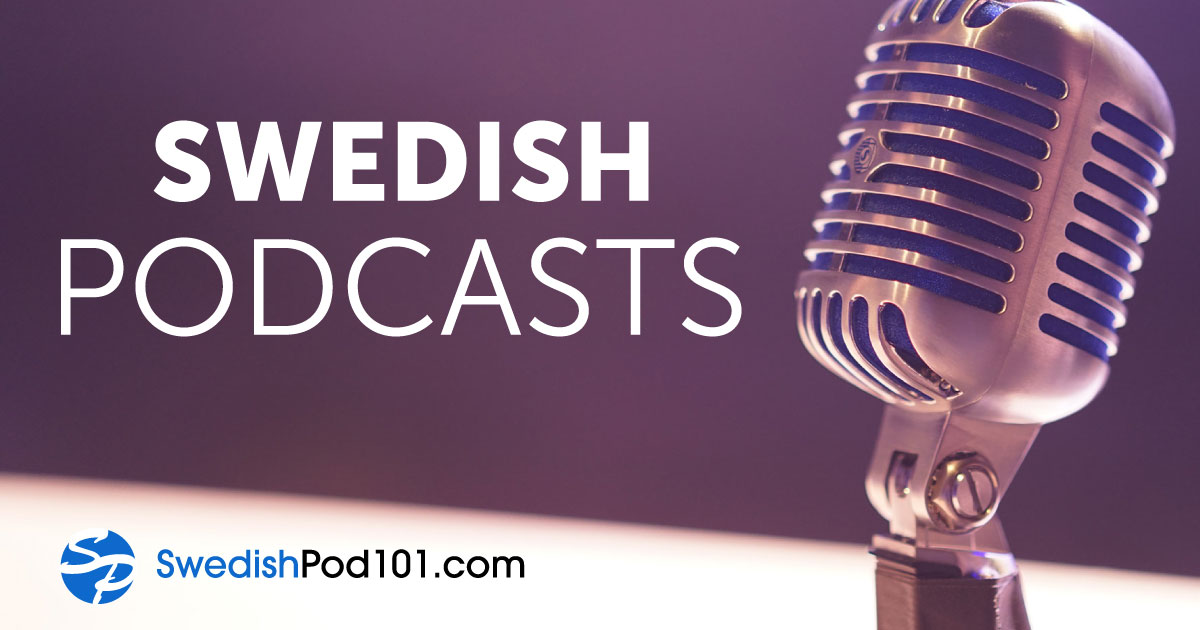What if I told you there was one day a year when you could eat all the waffles you could possibly want? Yes, I’m talking about Waffle Day (formerly known as Our Lady Day) in Sweden.
If you have a mighty sweet tooth on you (or just love pastries a lot), it’s your lucky day! We’ll discuss the origins of this holiday, get your mouth watering with some info on Swedish waffles, and cover some key vocabulary.
Let’s get started!

1. What is Waffle Day?

In Sweden, Våffeldagen (Waffle Day) is a springtime holiday during which the general population can indulge in a feast of waffles! But despite the holiday’s festive and indulgent nature, it was originally celebrated as a solemn feast called Vårfrudagen (Our Lady’s Day). A quick look at the two names is all you need to understand how a serious religious holiday came to be associated with this favorite Swedish pastry!
Our Lady’s Day is a holiday observed in numerous majority-Christian countries. It’s considered one of the most important dates on the Christian calendar, because it marks the supposed date on which the Angel Gabriel visited the Jungfru Maria (Virgin Mary) and told her she would give birth to Jesus Christ.
Nowadays, Swedish National Waffle Day is of a less religious nature and the focus is on making and consuming waffles!
- Even though this Swedish holiday has largely left its religious roots behind, you’ll still find it useful to learn some Religion vocabulary.
2. When is Waffle Day in Sweden?
Waffle Day takes place on March 25 every year, setting it apart from many other Catholic holidays, which are moveable. While this date is associated with Gabriel’s visit to Mary, its association with the springtime is also significant.
In the past, food was scarce during the winter months and people would have very few perishable items (such as eggs or milk) on hand. The arrival of spring meant the beginning of soil preparation for farms, and people once again had access to two of the most important ingredients in waffles. It was indeed a time for celebration. 😉
- Are you as ready for spring as we are? Then head over to our vocabulary list of the Top 15 Things To Do Over Spring Break!
3. Swedish Waffles… <3

For most of the population, Waffle Day in Sweden means just one thing: plate after plate of waffles! Typically, Swedish waffles are eaten with grädde (cream), sylt (jam), and sometimes even fresh fruit or berries. For this annual waffle festival, some restaurants will have special deals and many Swedish households will be filled with the aroma of waffles on the iron.
It’s interesting to note that waffles were not introduced to Sweden until the 1600s, and began as a savory dish rather than the sweet and decadent pastries we think of today. In the nineteenth century, Swedish waffles took on a distinctive shape and design with the introduction of the “Swedish waffle iron” which makes waffles with heart-shaped pieces. Prior to adopting this unique shape, they were square and cooked over a fire.
- Make sure to visit our Culture Class lesson on Sweets and Desserts for more information on the favorite sweet treats of Swedes!
4. Another Interesting Tradition…
In times past, there was another interesting tradition associated with Waffle Day. As we mentioned, this holiday takes place near the beginning of spring, when farmers begin their new crop season. To help the crops grow better, children were encouraged to run barefoot around the house or through a manure pile. This act was also thought to prevent the children’s feet from cracking during the hot summer months!
That doesn’t sound too pleasant, does it? I think I prefer the waffles…
5. Essential Swedish Vocabulary for Waffle Day

If learning about this holiday has made you drool, it’s a good sign that you should learn some waffle-related vocabulary! Let’s review some of the Swedish vocabulary words from this article, plus a few more.
- Smör (Butter) – noun, neutral
- Mjöl (Flour) – noun, neutral
- Våffeldagen (Waffle Day) – proper noun
- Jesus (Jesus) – proper noun
- Grädde (Cream) – noun, common
- Våffeljärn (Waffle iron) – noun, neutral
- Våffla (Waffle) – noun, common
- Jungfru Maria (Virgin Mary) – proper noun, common
- Vårfrudagen (Our Lady’s Day) – proper noun
- Sylt (Jam) – noun, common
Also make sure to check out our Waffle Day vocabulary list. Here, you can listen to the pronunciation of each word and practice along with the audio recording.
Final Thoughts
Who’s ready to bring out the waffle iron and get cooking? *raises hand*
Seriously though, we hope you enjoyed our lesson on this March 25 holiday and that you’re even more curious about Swedish culture after reading! If you would like to expand your knowledge even further, you can visit the following pages on SwedishPod101.com:
- Swedish Holidays
- SwedishPod101’s Essential Swedish Travel Phrase Guide
- Essential Vocabulary for Life Events in Swedish
- Get Angry in Swedish with Phrases for Any Situation!
- Learn the Best Compliments in Swedish for Any Occasion
If you like what we have to offer, please consider creating your free lifetime account today. Doing so will give you access to even more Swedish-language content and lessons!
Before you go: Do you prefer waffles or pancakes? (We won’t judge…) 😉










